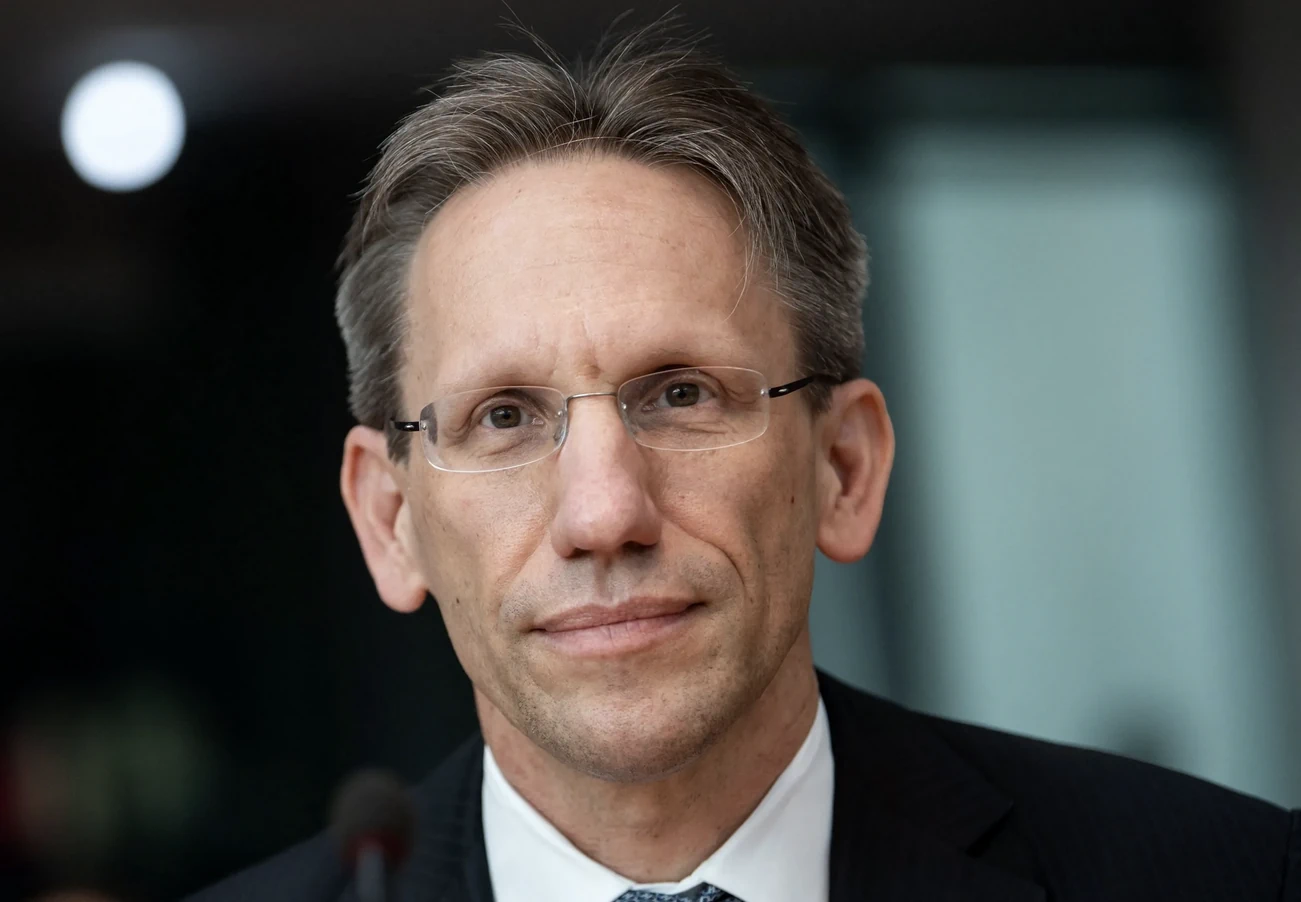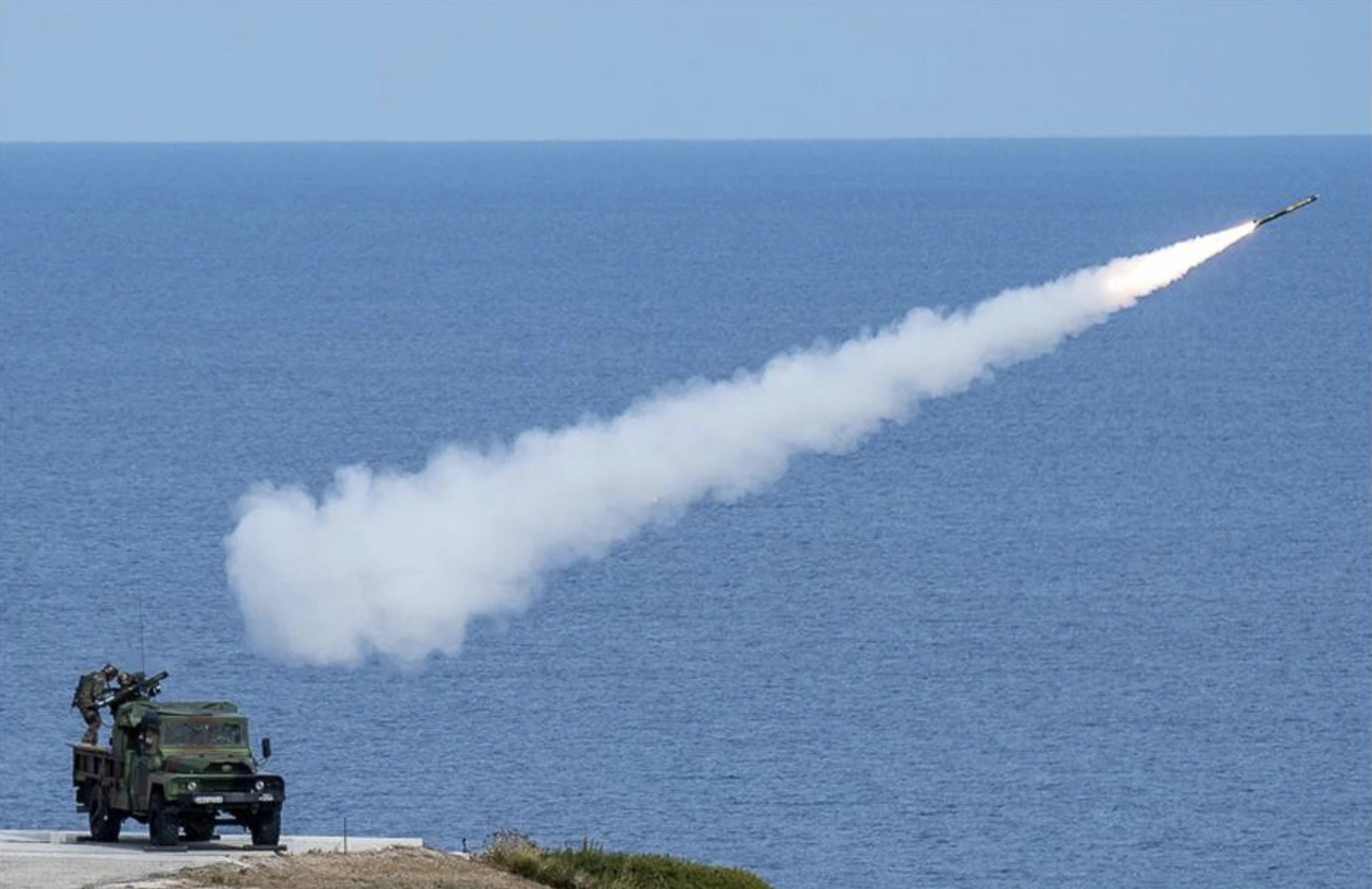“To be prepared for war is one of the most effectual means of preserving peace” ― George Washington, First Annual Address, to both Houses of Congress
“Europe faces an acute and growing threat”. These are the first words in the Joint White Paper for European Defence Readiness 2030. Europe is being pressured from two sides; Trump signaling a pullback from European defense, and Russia’s imperialist invasion against Ukraine. With the shadow of Russia threatening Europe, the continent has begun the long process of defense autonomy. As Europe braces for impact, it has shown a new mentality towards its own security, one free of over reliance on other superpowers, and free of the decades of underinvestment of the previous world order.
“We need to heed the maxim that industrial might is deterrence.” ― Jake Sullivan, Public Address at the Department of Defense’s Industrial Base Council Summit
Germany has recently petitioned the EU to activate an emergency clause one which allows EU members to increase defense spending to up to 1.5% of their GDP every year for four years. This has followed its recent rearmament trend, and Berlin’s goal of positioning itself as a pillar of European defense. The company increased its dividend from EUR 5.70 to EUR 8.10, a 39% net profit in 2024, and reported a sales growth of 50% compared to the previous year. The company is looking to evolve into an all-purpose contractor, in the style of American companies. It has made acquisitions such as US Loc Performance Products, software developer Blackned, and ammo recovery firm Stascheit. The company is clearly poised for massive growth into the 2030’s, with the Zeitenwende in full effect and the EU’s push to “Buy European”.
 Jörg Kukies has pushed for increased defense spending in Germany/ Bernd
Von Jutrczenka/AFP via Getty Images
Jörg Kukies has pushed for increased defense spending in Germany/ Bernd
Von Jutrczenka/AFP via Getty Images
Airbus in France has also been stepping up to the plate. The company has reported a revenue growth of 11%, and EBIT Adjusted was at 77 million euros, compared to -9 million euros at the same time last year. Defense companies all across Europe are booming thanks to this ideological shift towards defense autonomy. The company’s CEO Guillaume Faury said, “Airbus is committed to European defense and strategic autonomy. And we stand ready and we already do support our government customers with our strong portfolio of products and solutions.”. In response to American tariffs, the company is looking to export to other countries who have international operations.
Europe is turning the gears of war, preparing for the inevitable upcoming conflict with Russia, or worse, China. Countries like Italy and Spain must follow the growing trend, and reverse their reluctance to increase defense spending, as only united can Europe stand. The EU needs to break its reliance on American contractors, and look to position its own rapidly growing defense companies to fill the supply gaps.
“Alone we can do so little; together we can do so much.” ― Hellen Keller
With defense firms firing up, inter-state cohesion between them is looking to be a strategic priority. Without working together, European companies cannot hope to possibly match the production speed and efficiency of American companies. EU members must work together with its new budget reforms and defense spending to produce products that are true alternatives to the American versions.
Europe has several competing models for tanks, submarines, planes, and frigates. Though the Eurofighter, produced jointly by Germany, Spain, Italy, and the UK, is a prime example of European collaboration, it is still competing with the French Rafale and Swedish Gripen. And despite all this, the most popular choice in NATO countries is the American made F-35, which locks countries into more US dependence for 20 years. Countries could merge into giants, eyeing for unified contracts, in the example of Lockheed Martin and Boeing for the F-47, but such mergers are unlikely to occur.
Collaboration is more realistic and more practical, aiming to combine the strengths of each nation, and thus, combine production costs and efforts. Under the EDIP, Europe incentives investment in joint-Euro projects. Products whose cost of components originating in the EU or associated countries represents at least 70 percent of the estimated end product value will be funded under it, showing an acknowledgment of this need by the EU. Companies like MBDA, which is jointly owned by Airbus, BAE, and Leonardo, show a clear guideline for other projects to follow in the coming rearmament of the continent. It functions as one company, while retaining national subsidiaries. Its Aster missile systems function in Patriot systems and have replaced older legacy systems such as the Spada and Sea Dart, among others. Rheinmetall has joined forces with Leonardo to replace the Leopard 2, and in 2024, the EU approved 300 million Euros in a joint ammunition procurement fund.
 French Army fires MBDA Mistral 3 surface-to-air missile. Photo:
MBDA
French Army fires MBDA Mistral 3 surface-to-air missile. Photo:
MBDA
But Europe still lacks in some key sectors, showing vulnerabilities in the lofty plans for the future of the defense sector. Europe does not have high altitude missile defense systems, such as Israel’s Arrow 3 system. Though the EU introduced the European Sky Shield Initiative in 2022, it relied heavily on NATO infrastructure and cooperation, something that is increasingly unlikely in the ever shifting global power structure. EU officials have identified capability gaps in regards to drones, AI, and cyberwarfare. As Europe’s defense sector wakes up from its post Cold War slumber, it must adapt to the times, and develop cutting edge AI gigafactories and drones of its own. It has already begun the crucial steps towards building gigafactories, for example, but remains a long way from competing with the US or China.
Europe is on the precipice of a continent wide defense reformation. As promising as the growth has looked so far, the momentum must be sustained. EU member states must look to prevent far-right or far-left parties from taking center stage, with their reluctance to spend on defense in a transparent attempt to curry favor from Russia. This requires changing the minds of the everyday European, away from isolationist movements such as Brexit, and into this new world order, one without Big Brother Washington protecting Europe’s every step. Indeed, it has begun bracing for impact… But bracing is not enough. Europe must lean forward into the storm, forging a united front that is not just reactive, but resilient. The challenge is not only in defense, it is cultural, political, and generational. Leaders must speak with clarity, act with conviction, and make defense not a burden, but a backbone of sovereignty. The window to shape this new era is narrow, and hesitation invites erosion. Europe stands at the forge; either it tempers steel, or it melts in the heat.